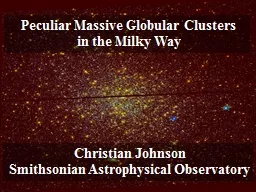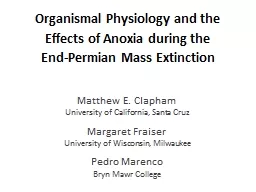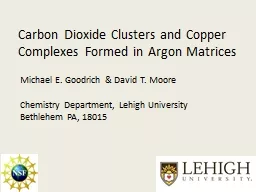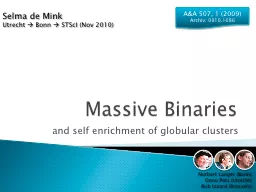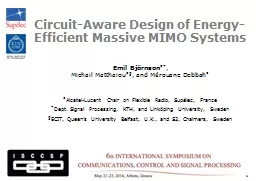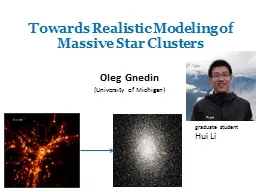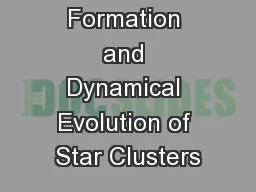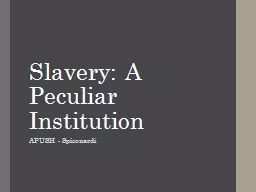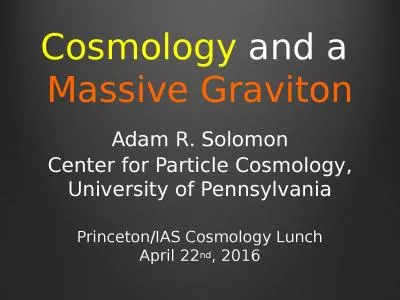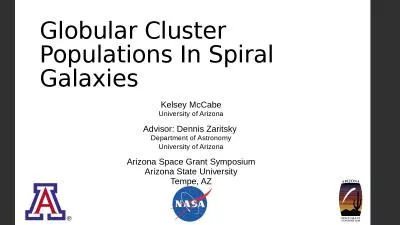PPT-Peculiar Massive Globular Clusters
Author : liane-varnes | Published Date : 2017-05-27
in the Milky Way Christian Johnson Smithsonian Astrophysical Observatory Typical Globular Clusters Main Sequence Main Sequence Turnoff Subgiant Branch Red Giant
Presentation Embed Code
Download Presentation
Download Presentation The PPT/PDF document "Peculiar Massive Globular Clusters" is the property of its rightful owner. Permission is granted to download and print the materials on this website for personal, non-commercial use only, and to display it on your personal computer provided you do not modify the materials and that you retain all copyright notices contained in the materials. By downloading content from our website, you accept the terms of this agreement.
Peculiar Massive Globular Clusters: Transcript
Download Rules Of Document
"Peculiar Massive Globular Clusters"The content belongs to its owner. You may download and print it for personal use, without modification, and keep all copyright notices. By downloading, you agree to these terms.
Related Documents

